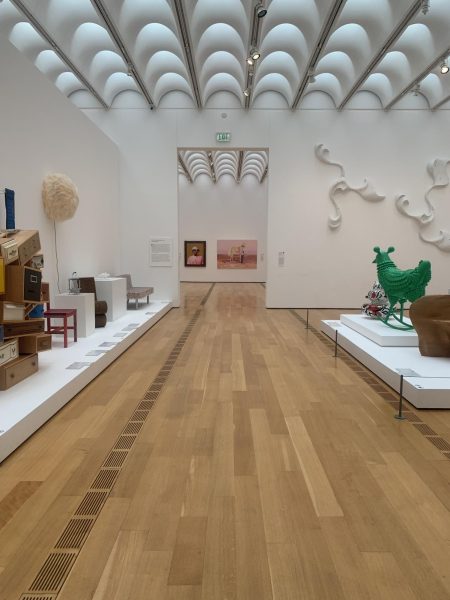History of The Day of the Dead
April 4, 2023
El Día de los Muertos, also known as Day of the Dead, is a Mexican holiday where families welcome back the souls of their relatives who have passed for a brief reunion. This holiday is celebrated for three days, starting on October 31st and ending on November 2nd. According to tradition, The gates of heaven are opened at midnight on October 31st and all the spirits of children can rejoin their families for 24 hours. The spirits of adults can do the same on November 2nd.
The Day of the Dead first originated in Mexico around 3,000 years ago. The concept came from the ancient Aztecs, and other Nahua people. They believed that death was an integral and ever-present part of life. They also believed that after a person dies, they go to Chicunmitlán, the Land of the Dead, but that to get there they had to go through nine levels of challenges. According to the Aztec myths, it could take many years to finally get to their resting place, named Mictlán.
The Nahua celebrated this holiday during August. They did this by giving up honorings to their relatives who had passed. A few of the things they would offer were food, water and tools to aid the deceased. This inspired people to now leave offerings on their loved ones’ graves, or set up Ofrendas with old photos as well.
It is important to know the history of El Día de los Muertos and its importance in Mexican culture. The Day of the Dead is celebrated in many different countries as well, not only Mexico. Even though Day of the Dead and Halloween may share the same traditions, like costumes and parades, they are different in many ways.


